5.Shiunzan Mangatsuji Temple
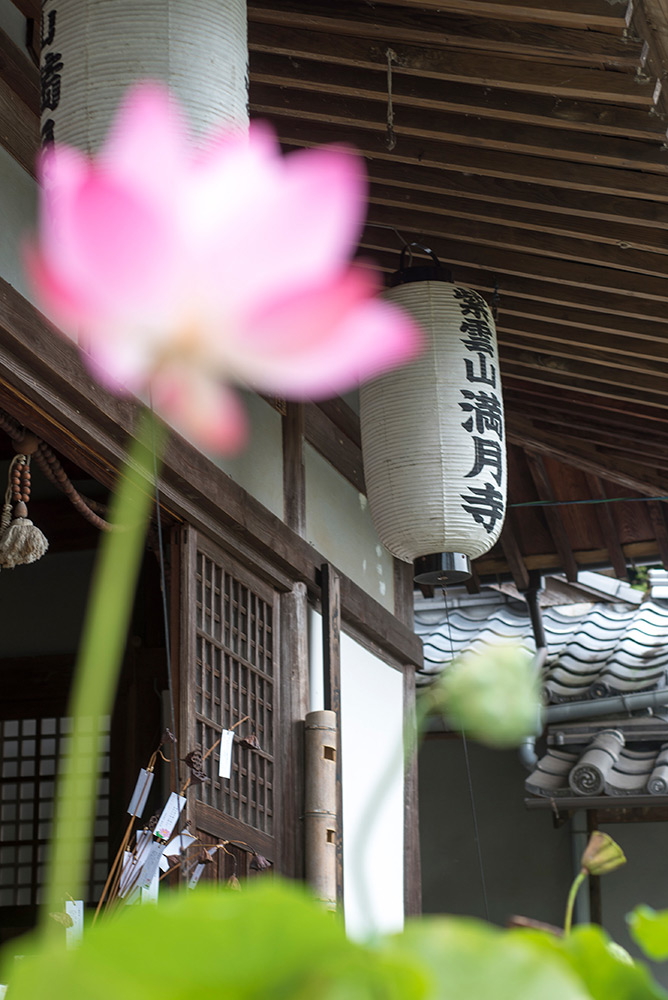
Buddha figures carved on a rockface, ancient stone monument, site of an old temple
Recalling the splendor of the Middle Ages
Sekibutsu Koen (Stone Buddha Park) with tranquil rice-paddy scenery. The temple across the park from the Usuki Stone Buddhas (National Treasure) is Mangatsuji Temple. This was a major Tendai-sect temple complex comprising five temples and six monk’s dwellings at the time it was built along with completion of the Usuki Stone Buddhas in the 12th century. However, the temple was abandoned at the start of the 17th century. It housed a Yakushi Nyorai image, which is said to have been conserved by the local people over many years. The present-day temple was reconstructed by Saint Nittachidatsu Fujii Nichidatsu of the Nichiren Sect of Buddhism in 1951. The temple’s affiliation has changed through rises and falls in fortune, but it has continuously fulfilled its role as a place for the faithful in a community that is also home to the Usuki Stone Buddha, under the name Mangatsuji Temple. Numerous stone statues survive to this day within the grounds, including Nio Guardians. Experiencing the stone statues and the attendant temple history is also a pleasurable way to cast your mind back to the flourishing Buddhist culture of the Middle Ages in this district once called Usuki-no-sho. Most visitors to the Usuki Stone Buddhas (National Treasure) also visit Mangatsuji Temple. In July the temple is enveloped in the wondrous beauty of blooming lotus flowers. The location strongly conveys a sense of Usuki’s character, offering a different sensibility to the temples in the built-up areas of the city.
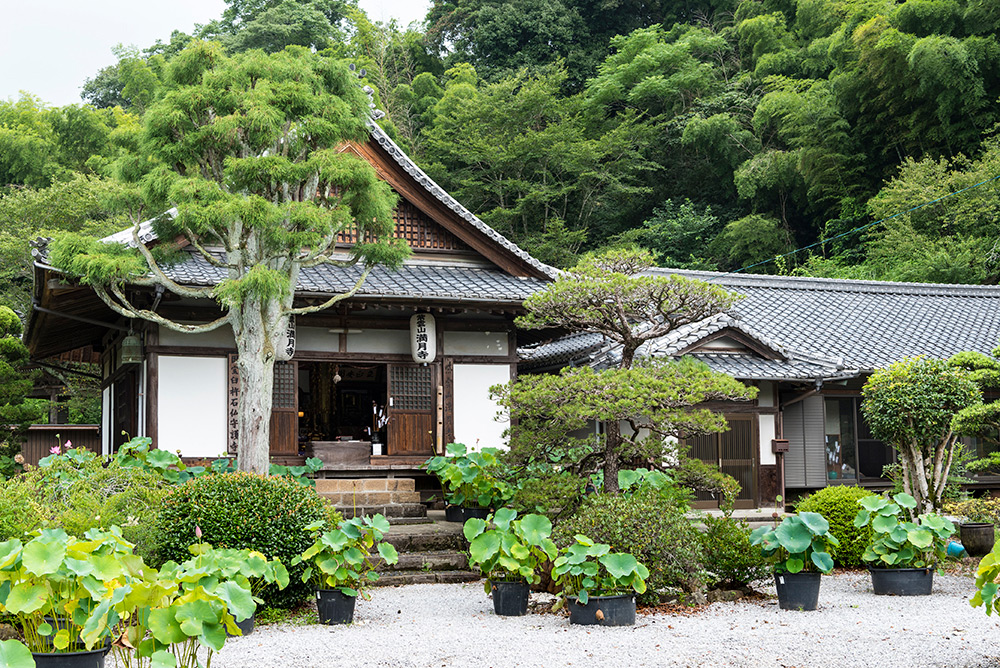
The temple was built by the Buddhist monk Renjo from China at the will of Mana-no-choja-Choja and his wife. A small hall continued to fulfill the role of the temple between its abandonment and its reconstruction.
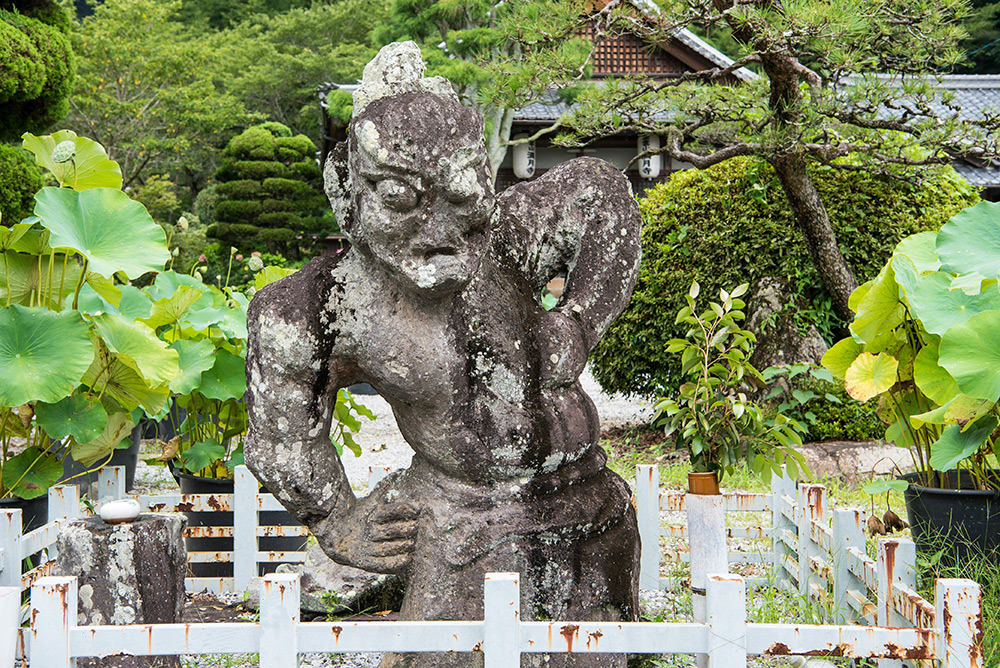
The Kihara Stone Statues, called the Nio Guardians of Mangatsuji Temple
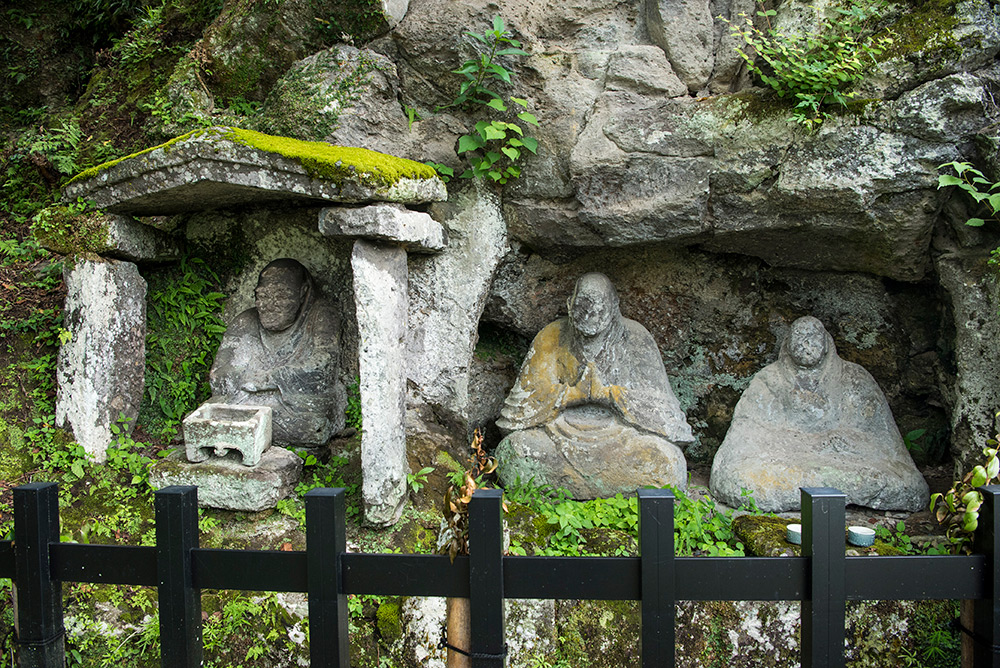
Kannon Stone Statues (Special Historic Site). The carvings are said to be Mana-no-choja-Choja and his wife (right) and the Buddhist monk Renjo (left), however, another theory is that the three are all monks of Mangatsuji Temple.
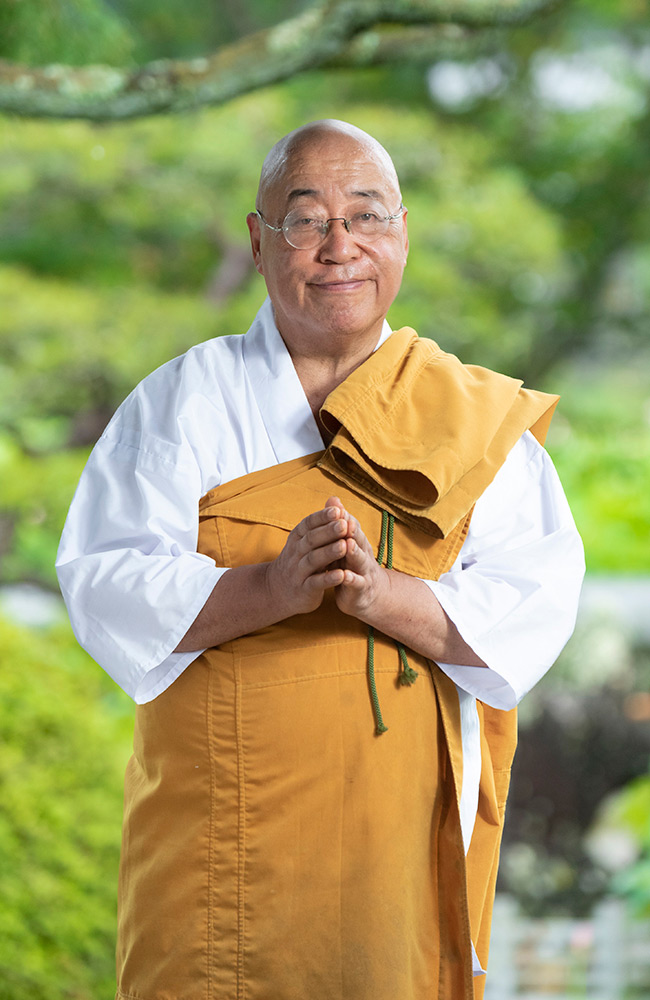
Gyoman Nishimizu, the 7th generation head priest, offers visitors a kind greeting with his affable countenance.
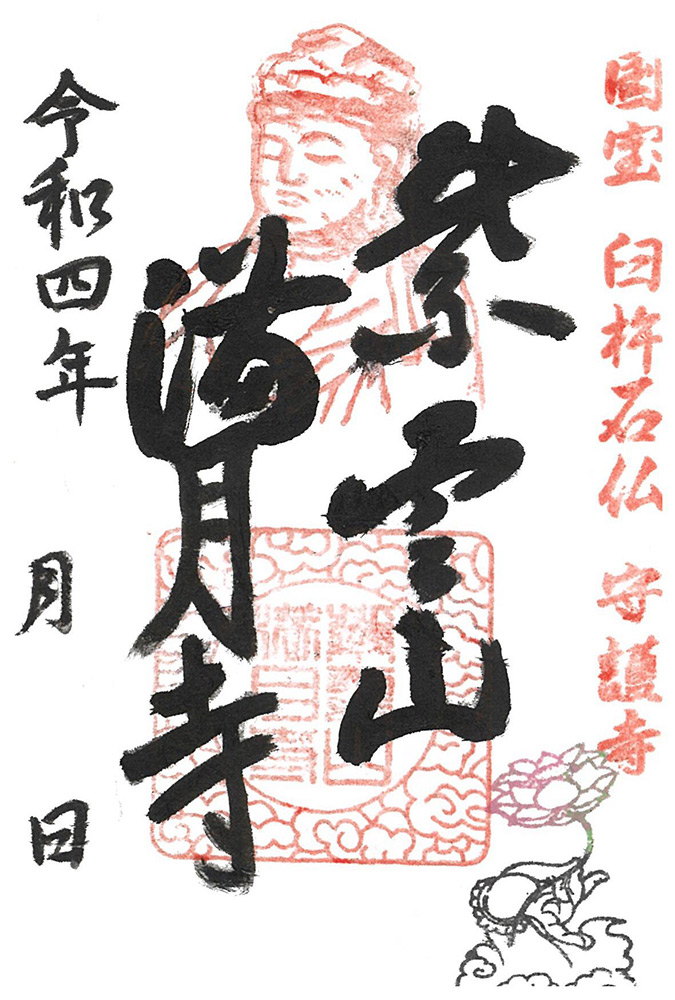
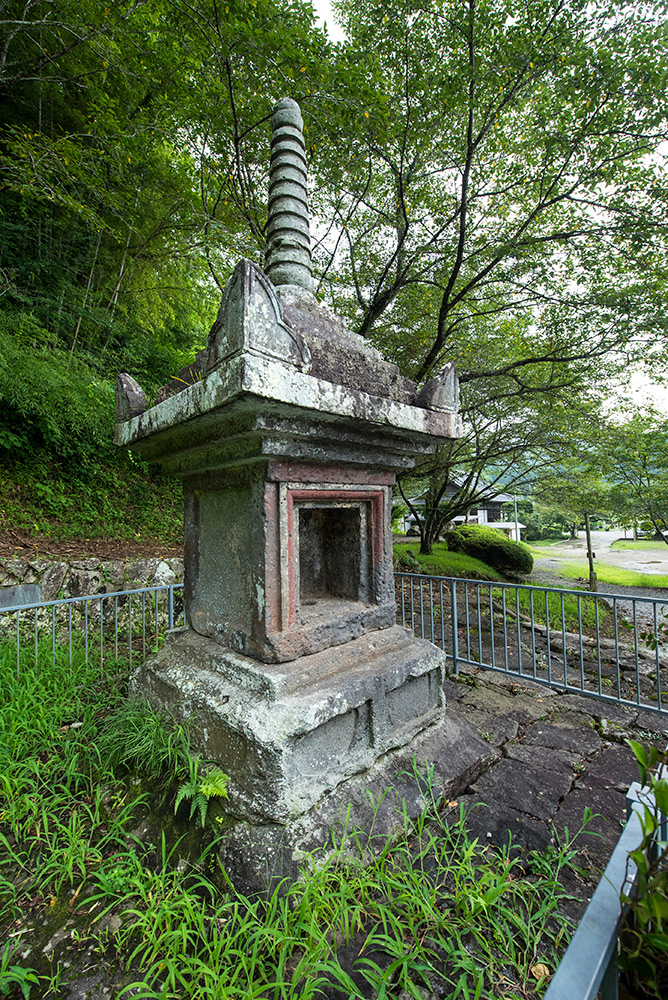
At 444 cm, this is the tallest Hokyoin pagoda (Hiyoshi pagoda) in Japan.
- Address
- 963 Fukata, Usuki City, Oita Prefecture
- TEL
- 0972-65-3454
- Parking
- Available
- Stamp location
- Next to the Omikuji (fortune slips) at the main temple
- Restrooms
- Available
